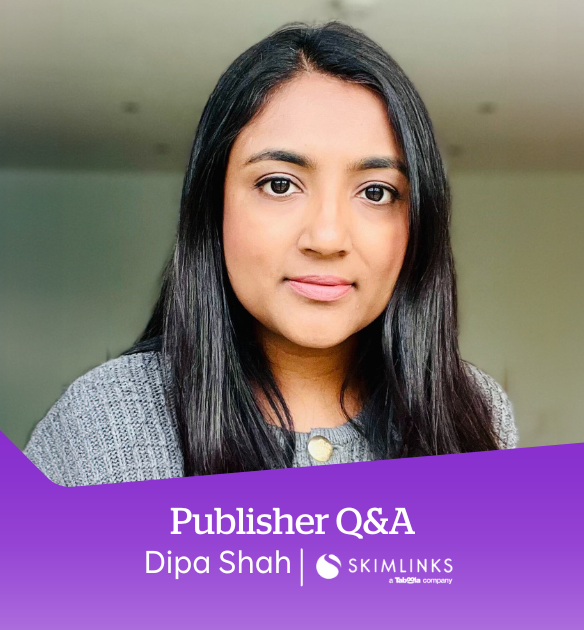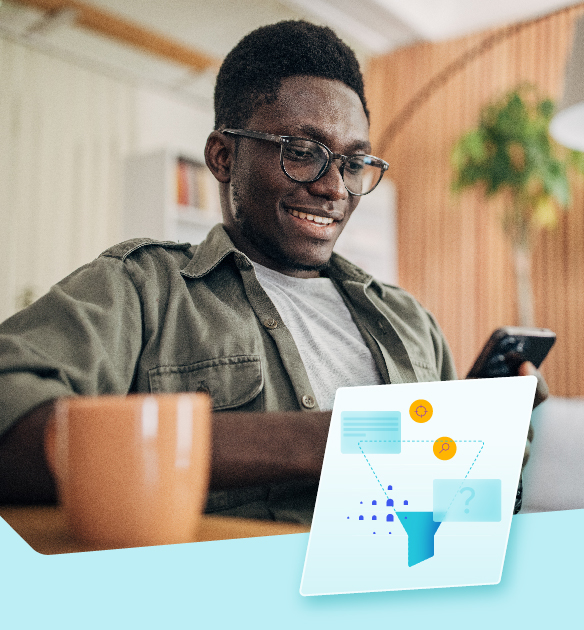RAIC Insights: Dispelling affiliate marketing myths – part 1
The Rakuten Advertising International Collective (RAIC) aims to showcase the strategies and steps that will elevate your affiliate thinking, giving you the tools to outthink the market and deliver campaigns that outperform for your business. In our latest post, Dave Trolle, founder of digital consultancy and Affiliate Marketing specialists Customer First Digital, introduces some of the most common myths surrounding affiliate marketing and how to bust them. Stay tuned for part two from Dave in the coming weeks!

Having been in digital marketing and e-commerce for almost 20 years, I’m still surprised by the lack of knowledge across channels that has existed for as long as I have, if not longer! Affiliate marketing certainly falls into this category. Unless you’re managing the channel, an agency or a network, it often gets overlooked. And even if it is recognised by your C-suite and senior team, there are often the same repeated questions asked or assumptions made, we need to dispel these affiliate marketing myths. Examples include, but are certainly not limited to:
“Affiliate hasn’t changed in the last 10 years.”
“It’s all about cashback and voucher code sites.”
“Would I have got the sale from another channel anyway?”
“Is affiliate eroding margin?”
When launching Customer First Digital, we felt that there were many business-level and marketing channel specific questions like this which needed to be answered. Our approach has been to take the subjectivity away and use data–either specific to a brand or aggregated–to answer these questions. We also wanted to break the mould by having business owners and board level stakeholders take part in the conversation. Let’s take a look at common affiliate marketing myths.
Myths 1 & 2: Affiliate hasn’t changed; it’s all about cashback and voucher codes
The first two misconceptions are interlinked. Whenever you say ‘affiliate marketing’ voucher code and cashback publishers are always the first to mind. Partly because at least 70% of last-click revenue is generated from these publishers. This is often coupled with the fact that they’re immediately recognisable to senior stakeholders who have likely interacted with these publishers, either as consumers or from above-the-line advertising.
There’s no doubt these publisher models play a crucial role in the affiliate marketing ecosystem. Last-click revenue is dominated by cashback and voucher sites, with typically more than 150 publishers live and active across the advertisers we manage at Customer First Digital. However, we feel the view of affiliate as cashback and vouchers alone is a naïve one. In fact, we would say the affiliate channel is one of the most innovative and diverse of any digital, if not any marketing, channel. If we look at how far the industry has come over the last five years, we see an array of new businesses and individuals making their name in the affiliate industry.
Below is a smorgasbord of what’s fresh in the affiliate space across all aspects of the customer journey, from awareness to loyalty to advocacy.
Supporting PR and brand initiatives
An increasing online audience has seen a decline in the readership of traditional print (magazine) publications. As a result, such publishers who drive high awareness of new product launches and brand initiatives are now highly accessible either via Subnetworks, such as Skimlinks, or on a direct basis. Whilst direct relationships with journalists to gain coverage is far from dead, relationships can be secured and enhanced, and offer an increased likelihood of coverage, via affiliate marketing. We have first-hand experience in growing our clients’ PR share-of-voice and increasing brand awareness, securing coverage across publishers including Hearst, Get the Gloss and Hello.
A relatively new addition to this mix is Linkby, a platform for publishers to discover new brand updates available for syndication. Using Linkby has been a great addition to the mix for our clients, giving brand exposure across premium publishers such as Sheerluxe, Elle and Buzzfeed on a cost-per-click (CPC) basis. Exposure with these publications would usually incur high costs for integration and running campaigns.
Influencing the consumer
I would be lying if I said that influencer marketing was new to the affiliate marketing industry. For example, LTK (formerly RewardStyle) as a network has enabled brands to access influencers to promote products since its launch. One key trend we have experienced, however, is the growth of influencers looking to monetise their assets by adding affiliate tracking and measurement to their campaigns.
Comparison shopping (CSS)
Google’s enforced changes by the EU to the Google Shopping landscape in 2018 gave birth to a new model of publisher looking to complement a brand’s direct paid shopping activity. For those not familiar, the EU imposed fines and sanctions that meant Google had to add more comparison shopping options to their listing, making the market more competitive.
We’ve found having two to three CSS affiliates to provide increased impression share for your brand. Contrary to common affiliate marketing myths, CSS affiliates don’t drive up your cost and can be used as an ‘always on’ approach or tactical pushes for slow-moving products, which can lead to 5% to 15% of revenue coming from these partnerships. Plus, without the risk of having to pay Google and only having to pay out on a commission, what’s not to like?
Improving onsite conversion
Conversion rate and average order value are two of the metrics that gain high focus from senior stakeholders when it comes to KPI reporting. Rewind a few years ago, and outside of the channel, affiliate would have had limited influence, if any. Now, it influences every single session, agnostic of channel. From onsite recommendation and bundle builder solutions, such as Increasingly, to personalised exit intent solutions, such as Intent.ly and Revlifter, we’ve seen ROI growth from both existing and new customers.
Creating customer advocacy
Recently, one of our clients wanted to explore launching a refer-a-friend program. Options were reviewed but paying high fixed monthly fees when the brand was relatively new and had low existing customer rates wouldn’t have been feasible from an ROI perspective. However, Soreto–a recently launched tech platform that can be added to affiliate networks–was discovered. Paying by commission, coupled with a low minimum monthly payment, has enabled a solution like this to be adopted at a much earlier stage in their retailing journey.
The examples above are just some of the ways in which innovation is being bred by the affiliate industry – there are plenty more, but we’d be here all month! Next time you hear someone senior say affiliate marketing is stagnant, refer to them to any one of the points here. You’ll be able to convince them otherwise and create a strong argument for investment in the channel.
Keep an eye out for part two of my affiliate marketing myth buster – and for more posts from other RAIC members – to help you get C-suite buy-in for affiliate.


